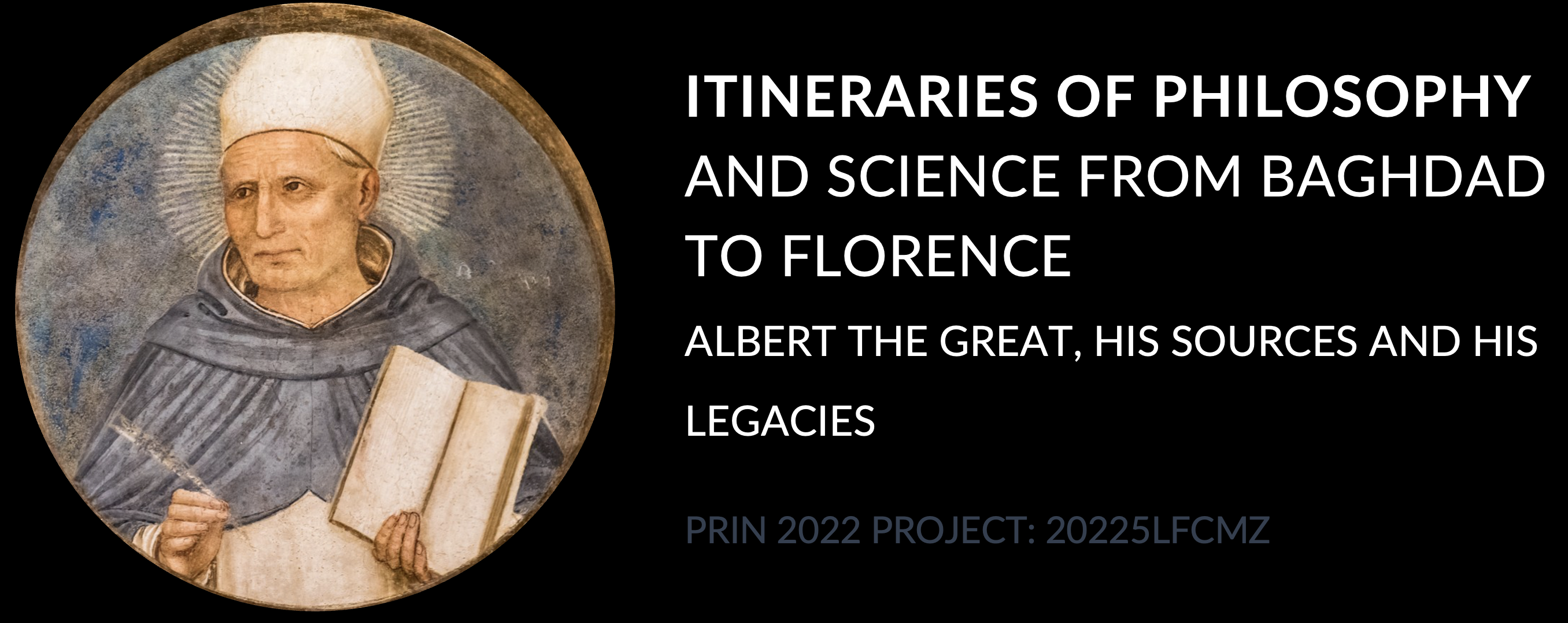La table d'émeraude et sa tradition alchimique / Hermès Trismégiste, préface de Didier Kahn, Les Belles Lettres, Paris 1995
The volume contains the ancient versions of the "Emerald Tablet", including the Arabic version of the sixth century, the Latin transposition of Hugh of Santalla, French translations of the fifteenth and sixteenth centuries, and the commentaries of Roger Bacon and Michael Maier.
According to the legend, Hermes engraved a discourse of wisdom on a table of emerald with the tip of a diamond, which was later found by Apollonius of Tyana, or, according to some, by Alexander the Great, or even Sarah, Abraham's wife.
This is in fact the "Tabula Smaragdina", the main source of inspiration of alchemical iconography.
------
Il volume contiene le versioni antiche della "Tavola di smeraldo", tra cui quella araba del secolo VI, la trasposizione latina di Ugo di Santalla, le traduzioni francesi dei secoli XV e XVI, i commentari di Ruggero Bacone e Michael Maier.
Secondo la leggenda, Ermete incise un discorso sapienziale con la punta di un diamante su una tavola di smeraldo, ritrovata poi da Apollonio di Tiana o, secondo alcuni, da Alessandro Magno o, ancora, da Sara, moglie di Abramo.
Si tratterebbe appunto della "Tabula Smaragdina", fonte principale d'ispirazione dell'iconografia alchemica.
Ermete Trismegisto - Hermes Trismegistus
Ermete Trismegisto è una figura leggendaria di età ellenistica, cui vengono attribuiti diversi trattati di cosmologia, botanica astrologica, magia, filosofia naturale e morale, raccolti nel cosiddetto "Corpus Hermeticum".
La sua fama raggiunge l'apice in epoca medievale e rinascimentale, tanto che molti manoscritti dei secoli XII e XIII recano un'attribuzione esplicita ad Ermete, pur essendo stati scritti da altri autori.
------
Hermes Trismegistus is a legendary figure of the Hellenistic period. Many treatises about cosmology, botany, astrology, magic, natural and moral philosophy, are attributed to him, and they are collected in the so-called "Corpus Hermeticum".
His fame reaches its peak in the Middle Ages and the Renaissance, when many twelfth and thirteenth centuries manuscripts are attribuited explicitly to Hermes, although they were written by other authors.
Shelfmark: F.L. 0068


